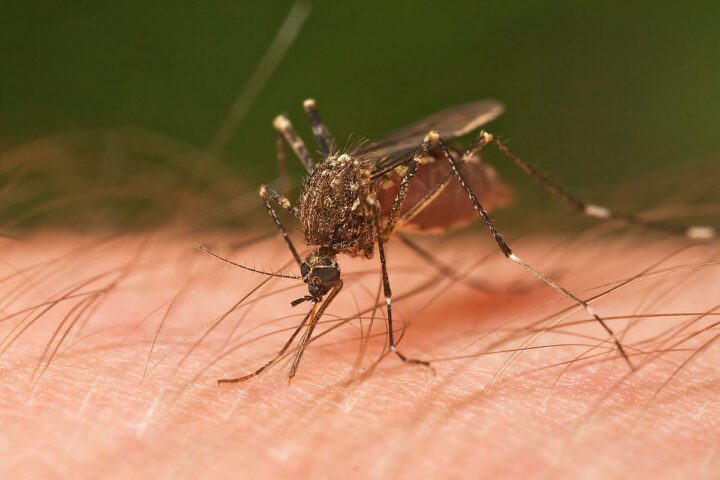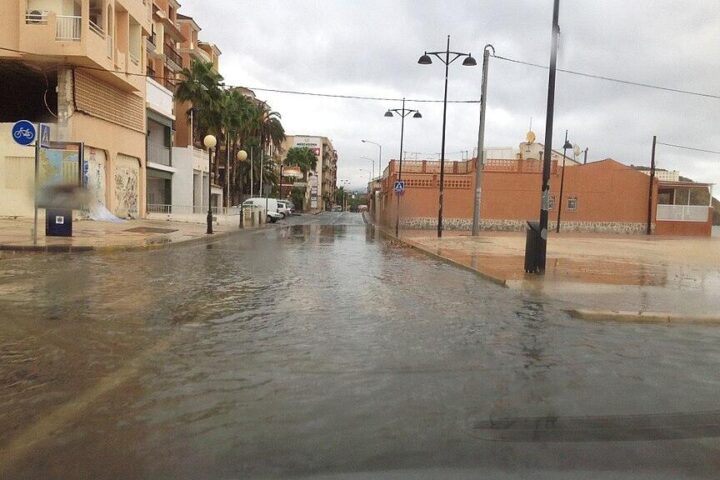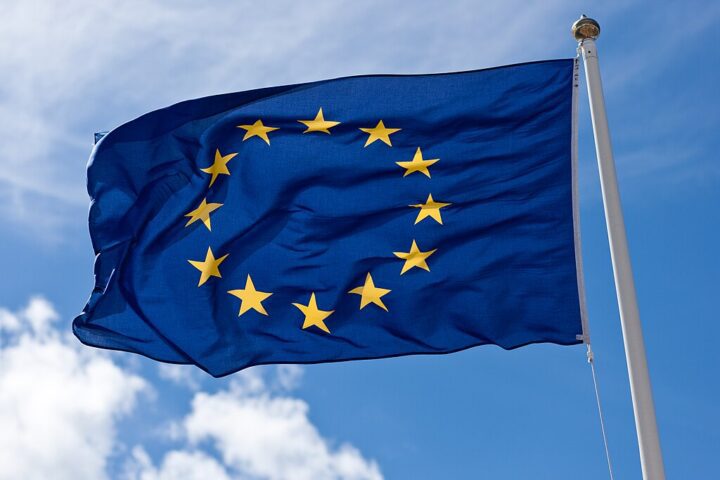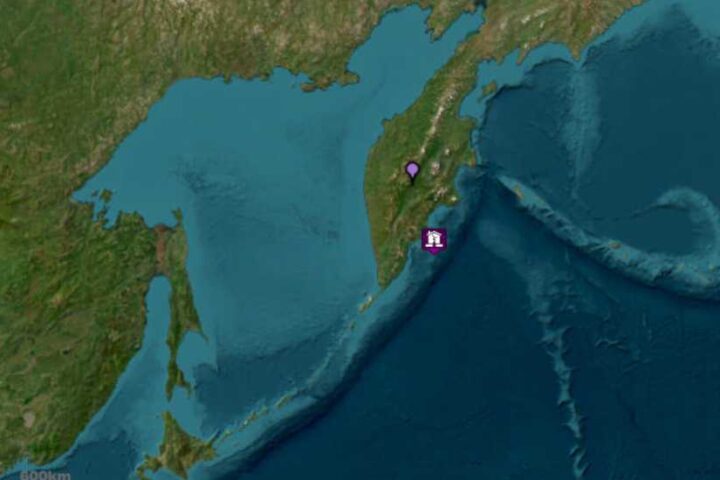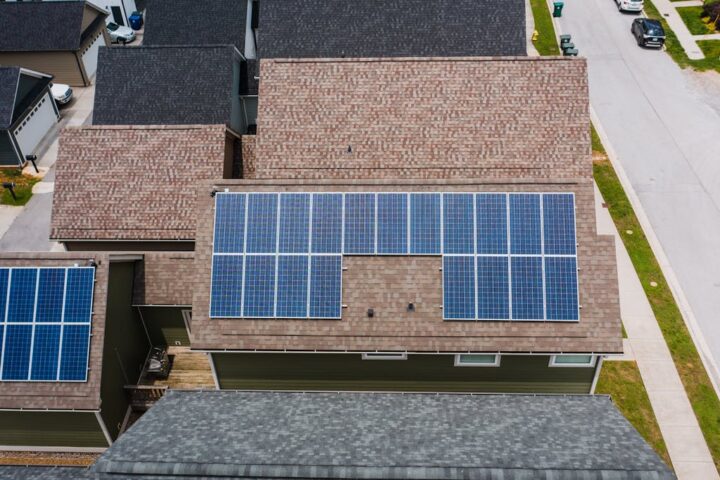In a report dedicated to climate change adaptation in the EU, the European Court of Auditors praises the “overall robust” EU policy framework and the “generally consistent” national plans. However, it deplores the fact that they are unknown at the local level, as are the tools deployed by the Commission. Worse, it denounces the sometimes divergent policies adopted in sectoral or local plans and deplores the lack of evaluation of these policies. Out of 36 projects analyzed, it considers that only half have managed to increase the adaptation capacity of the sectors concerned.
The local level ignores the EU. Nearly 70% were unaware of the EU’s adaptation strategy, 60% were unaware of the national adaptation plan, and 54% of the regional plan. 75% were unaware of the Climate Change Adaptation Mission portal. 77% did not know the Climate-Adapt platform, 74% were unaware of Copernicus services, and only 10% had joined the Covenant of Mayors. The Court explains this “low level of awareness” by the language barrier.
The Court notes that the priorities of regional and sectoral plans sometimes diverge from the EU strategy. In France, water management plans provide for efficient irrigation systems and increased irrigated area without mentioning water consumption reduction. France’s action is welcomed in terms of coastal erosion and mountain tourism, promoting diversification and ‘4-season’ tourism.
The European Court of Auditors regrets blind leadership. It points out “problematic” monitoring of EU funding for climate change adaptation, estimating allocated envelopes at “at least 8 billion euros” for 2014-2020 and 26 billion euros for 2021-2027. Member States do not provide qualitative assessments of progress and do not use common baseline indicators. France had underestimated the cost of adaptation measures in their strategies or plans.
Of the 36 EU-funded projects analyzed, 19 increased adaptation capacity, 13 failed or are not in line with the EU strategy, and 2 led to increased vulnerability. The Court criticizes irrigation projects, particularly in Nouvelle-Aquitaine. It also critiques reforestation projects using single tree species and beach nourishment as unsustainable solutions to coastal erosion.
The report raises the risk that the EU’s adaptation policy is not keeping pace with climate change. Extreme weather events are increasing in frequency and severity, with significant economic consequences. The economic losses caused by extreme weather events in the EU average over €26 billion per year in the last decade. Inaction could result in annual economic losses between €42 billion and €175 billion if global warming reaches 1.5 to 3°C above pre-industrial levels.
Klaus-Heiner Lehne, responsible for the audit, stated, “We looked at how the EU is addressing the urgent need to adapt to recurring extreme climate conditions. We found issues in the way policies are implemented on the ground. If the implementation of EU action does not improve, there is a risk that EU adaptation ambitions may not keep pace with climate change.”
Similar Posts
The auditors found outdated scientific data in national strategy documents and omitted or underestimated costs of measures. They identified good practices but also contradictory priorities, such as addressing increased irrigation needs while simultaneously aiming for greater global water consumption. Some projects may lead to maladaptation, increasing vulnerability or exposure to climate change instead of reducing it.
As adaptation is cross-cutting, EU funding comes from various sources, making it difficult to trace. Reporting on adaptation needs improvement, as current reports are descriptive and lack quantifiable data, making progress evaluation in Member States challenging.
The study highlights the disconnect between local communities and Brussels’ roadmaps. The auditors surveyed 400 municipalities and found widespread unawareness of climate change adaptation strategies and plans, with municipalities not using the EU’s adaptation tools.
The EU allocated a budget of €26 billion for climate change adaptation between 2021 and 2027, reflecting the increasing importance of this area alongside mitigation efforts to reduce CO2 emissions. This budgetary increase responds to the rising frequency and intensity of extreme weather events in recent years.



